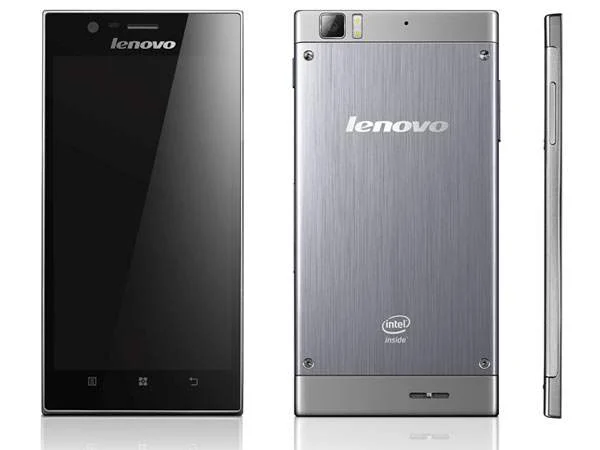Analysts at ABI Research report that Intel’s latest Atom processor – the Z2580 clocked at 2.0 GHz – sets the bar for performance and current drain in smartphones.
“It outperformed the competition in ABI Research’s benchmark testing of the Lenovo K900 smartphone, powered by Intel’s XMM6360 modem chipset and Z2580 application processor,” confirmed Jim Mielke, VP of engineering at ABI research.

“The benchmarks were impressive but the real surprise was the current consumption recorded during the benchmarks; the new processor not only outperformed the competition in performance but it did so with up to half the current drain.”
According to Mielke, for the CPU part of the benchmark test, three phones scored in the 5000 range for performance, but of the three, Intel stood out with only 0.85A of average current vs. 1.38A for the Samsung Exynos Octa, and 1.79A for the Qualcomm APQ8064T.
“Similar trends are seen for each test. If one of the chips did have lower current, the performance was significantly lower or if the performance was better, the current was higher,” Mielke continued. “The only test where a competitor matched the performance of the Intel Z2580 was for 1080p video record.”
Meanwhile, the Samsung Galaxy S4 i377 had lower current drain which ABI attributed to a separate image processor from Fujitsu, rather than the Qualcomm APQ8064T. The Samsung Exynos Octa performed well without a separate image processor in both the 1080p and 3D graphics tests; outscoring all but with proportionally higher current compared to the Z2580 from Intel.
“Intel did significant work to bring the current drain down on their well-recognized high-performance processors but the competitors did not help themselves. The ARM architecture used by nearly all of Intel’s competitors is well known for its low power performance but in bringing the processing power up closer to PC levels, the current drain has taken a significant hit,” Mielke added.
“Since high-end smartphones require this level of performance, Intel is well positioned for strong growth over the next few years Combining the high-end modems (the XMM6360 is used in both the Lenovo K900 and the Samsung Galaxy S4 i9500) with their application processors for high-to mid-tier solutions, and single-chip EDGE chips for low-cost phones makes Intel a rare full portfolio provider.”






